When it comes to automotive engineering, the importance of high-performance seals cannot be overstated. These often-overlooked components play a crucial role in ensuring the safety, durability, and functionality of a vehicle. Whether it’s preventing leaks in the engine compartment, keeping the cabin dry, or ensuring that electric vehicle (EV) battery systems remain secure, the material selection for automotive seals directly impacts the overall performance of the vehicle.
At Silfusion, we specialize in manufacturing premium silicone-based products, including automotive seals that deliver optimal results. With our extensive experience in producing high-quality seals, we understand that choosing the right material is just the first step. In this blog, we’ll explore how different materials perform in automotive applications, the manufacturing processes involved, and how we address customer concerns during production to ensure that every seal meets the highest standards of quality and reliability.
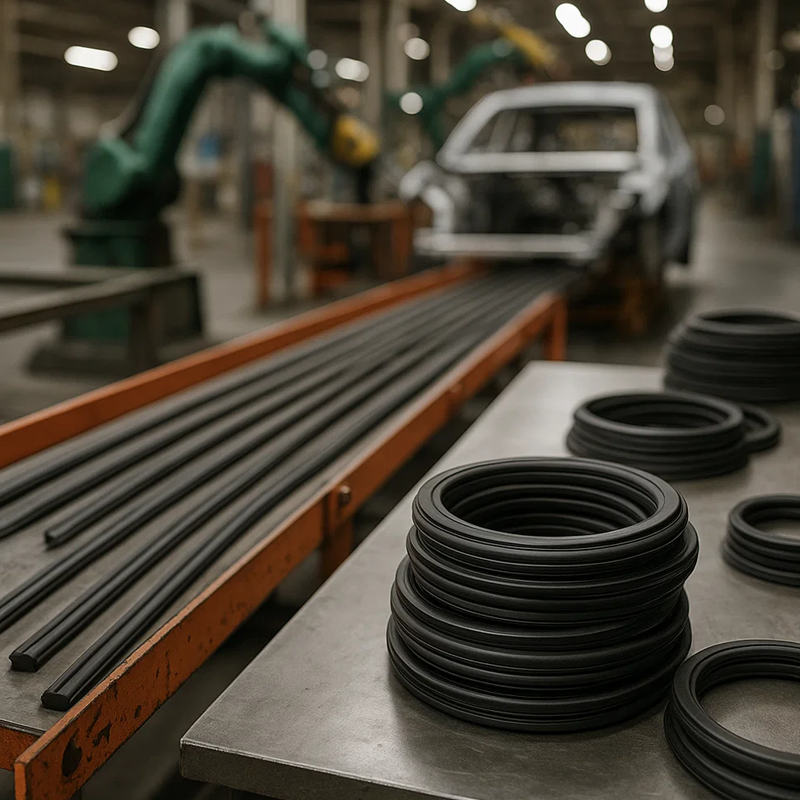
How to Choose the Right Material for Automotive Seals
Selecting the appropriate material for automotive seals isn’t just about price—it’s about balancing performance, longevity, and safety. Automotive seals are exposed to a wide range of conditions, from extreme temperatures to chemical exposure, making material choice critical to ensuring optimal performance. Let’s examine the four most commonly used materials in automotive sealing: Silicone Rubber, EPDM (Ethylene Propylene Diene Monomer), Nitrile Rubber (NBR), and Fluorine Rubber (FKM).
Each material has its strengths and limitations depending on the environment in which it will be used. For example, a seal used in an engine bay requires different properties than one designed for door seals or weatherstrips.
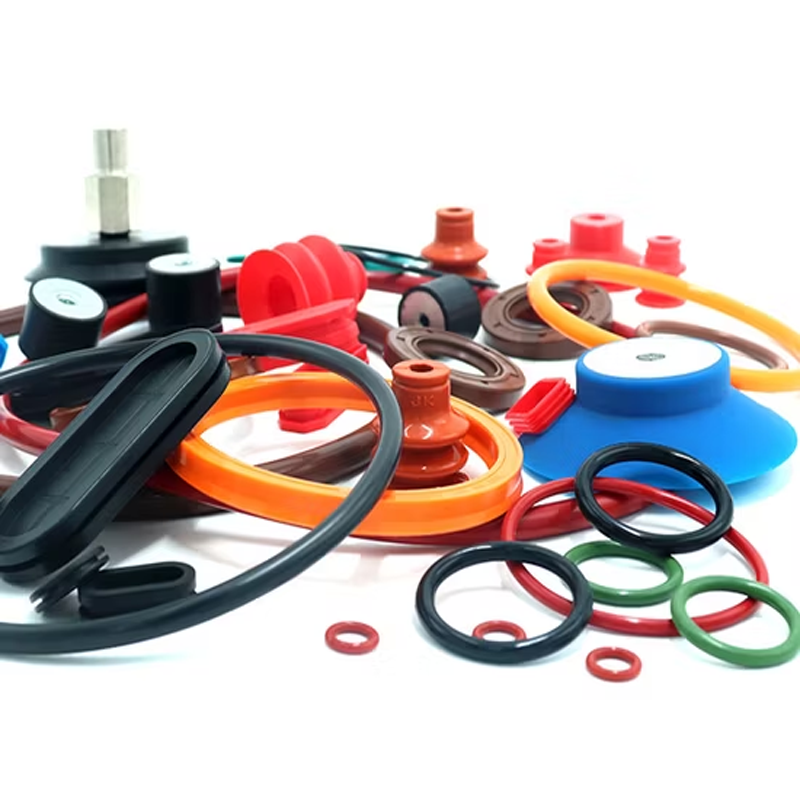
Rubber Material Comparison for Automotive Seals
| Feature | Silicone Rubber | EPDM Rubber | Nitrile Rubber (NBR) | Fluorine Rubber (FKM) |
|---|---|---|---|---|
| Temperature Range (°C) | -50 to 250 | -40 to 150 | -30 to 120 | -20 to 250 |
| UV & Ozone Resistance | Excellent | Excellent | Poor | Good |
| Oil & Fuel Resistance | Moderate | Poor | Good | Excellent |
| Compression Set Resistance | Good | Moderate | Poor | Excellent |
| Cost | Medium to High | Low | Low | High |
| Common Uses | EVs, gaskets, sensors | Door seals, weatherstrips | Fuel systems, grommets | Engine bay, fuel contact |
Material Insights & Optimization Solutions
Silicone Rubber
Strengths: Silicone rubber is highly valued for its excellent thermal stability, flexibility, and UV resistance. It is especially suitable for high-temperature environments, such as under-the-hood applications and weather-resistant seals. However, it does have some limitations, including poor resistance to fuels and certain solvents.
Optimization: For applications where resistance to gasoline or oil is required, we use fluorosilicone—a modified version of silicone rubber that provides the necessary fuel resistance without sacrificing the benefits of silicone.
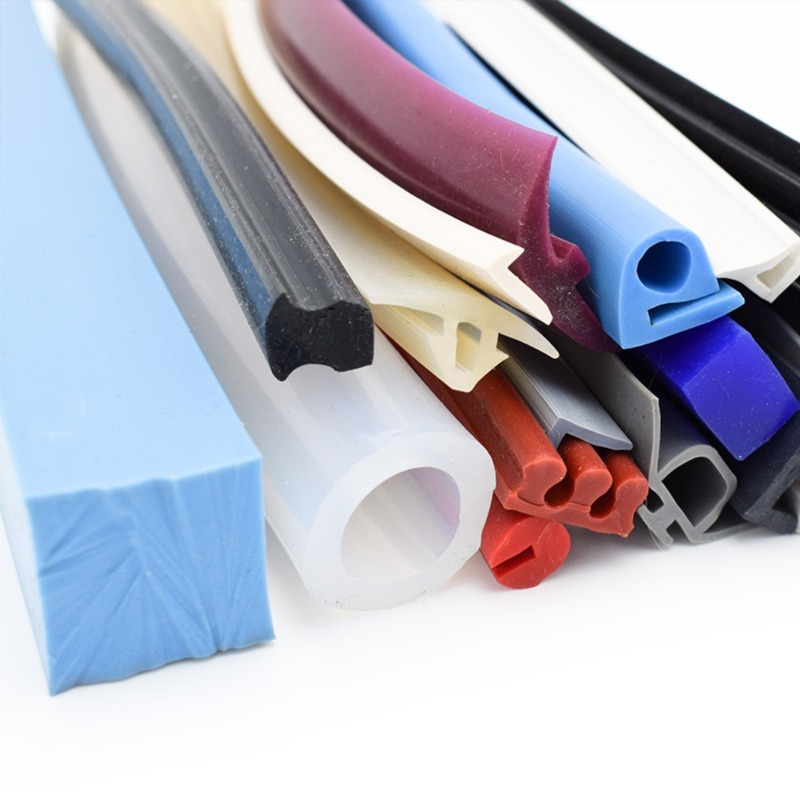
EPDM Rubber
Strengths: EPDM is a cost-effective material with great weather resistance and ozone stability. It’s commonly used for door seals and weatherstrips.
Limitations: While EPDM performs well in exterior sealing applications, it is not resistant to oils, fuels, or most hydrocarbons. This limits its use in engine compartments.
Optimization: We often pair EPDM with other materials in hybrid sealing systems to optimize performance for a wider range of environments. For example, combining EPDM with silicone or NBR can provide better overall sealing properties in certain automotive applications.
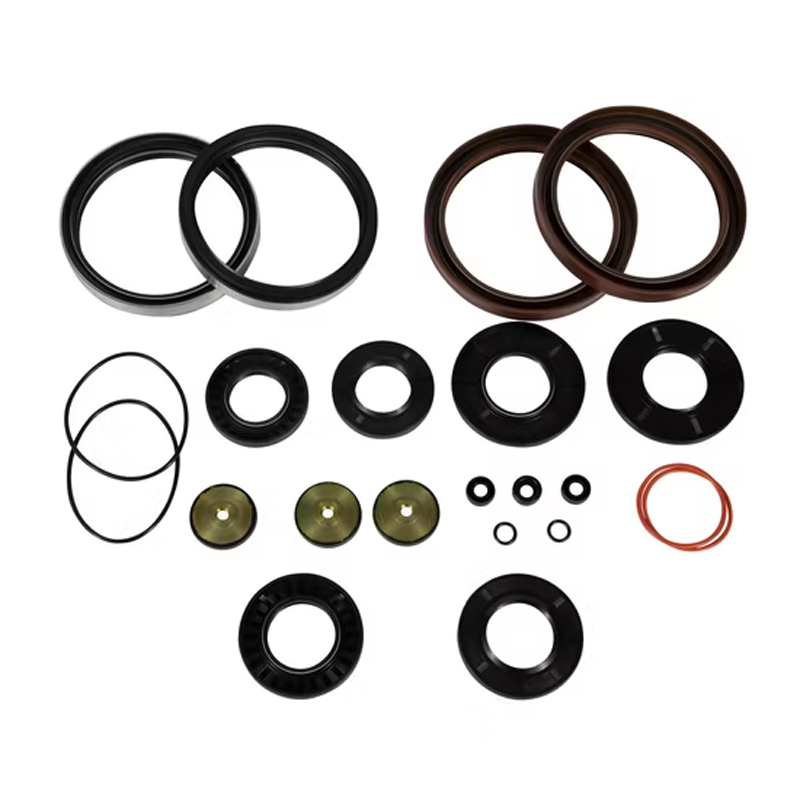
Nitrile Rubber (NBR)
Strengths: NBR is the material of choice when high resistance to oils and fuels is required. It also offers excellent abrasion resistance, making it ideal for components in constant motion.
Limitations: NBR’s UV and ozone resistance are poor, and it can lose flexibility at lower temperatures, making it unsuitable for exterior or outdoor applications unless properly treated.
Optimization: We add UV stabilizers or coatings to NBR when used in outdoor applications. Additionally, we combine NBR with heat shields or insulation in low-temperature zones to improve its performance.
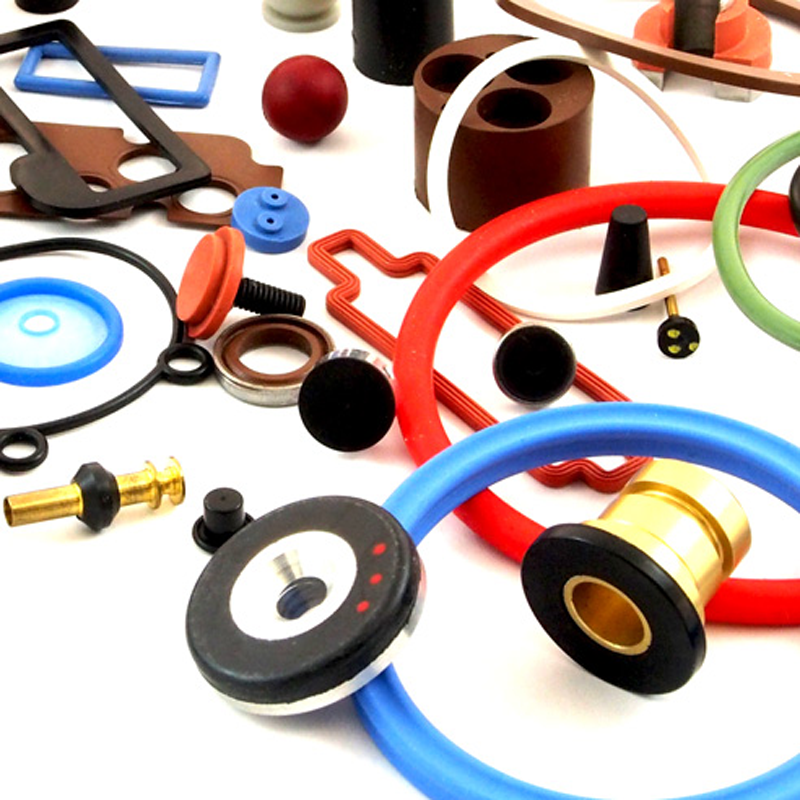
Fluorine Rubber (FKM)
Strengths: FKM provides superior performance in chemical and fuel resistance, making it ideal for harsh environments like turbo engines or fuel systems. Its high-temperature stability and low compression set resistance make it invaluable in critical sealing applications.
Limitations: FKM has a higher cost compared to the other materials, and its low-temperature flexibility is limited.
Best Use: FKM excels in long-term, critical seals where performance and reliability are paramount, such as in fuel systems or high-performance engines.
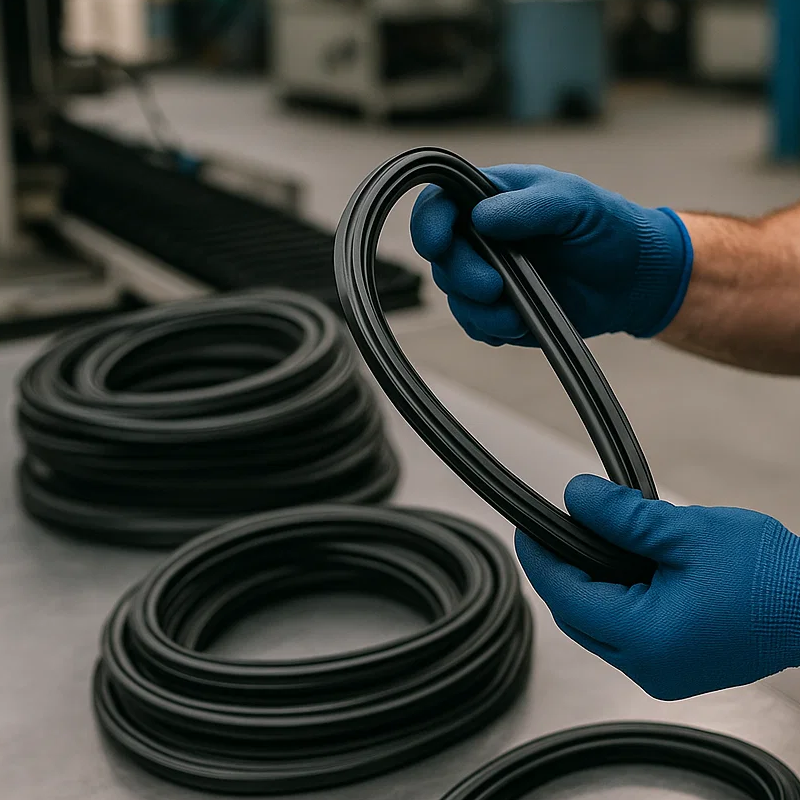
How Automotive Seals Are Made
Choosing the right material is just one part of the puzzle—manufacturing processes play a vital role in determining the final product’s performance. The production method influences the precision, durability, and overall quality of automotive seals. Below are four commonly used techniques in the production of automotive seals:
1. Liquid Silicone Rubber (LSR) Injection Molding
LSR is ideal for manufacturing high-precision seals, gaskets, and connectors, especially when intricate 3D shapes and large-volume production are required. This technique allows us to produce automotive seals with consistent quality, even in complex geometries.
2. Overmolding
Overmolding is the process of bonding silicone over metal or plastic substrates to provide enhanced mechanical bonding and vibration damping. This is particularly useful for automotive parts that require durability and resilience in high-stress environments, such as engine components or chassis seals.
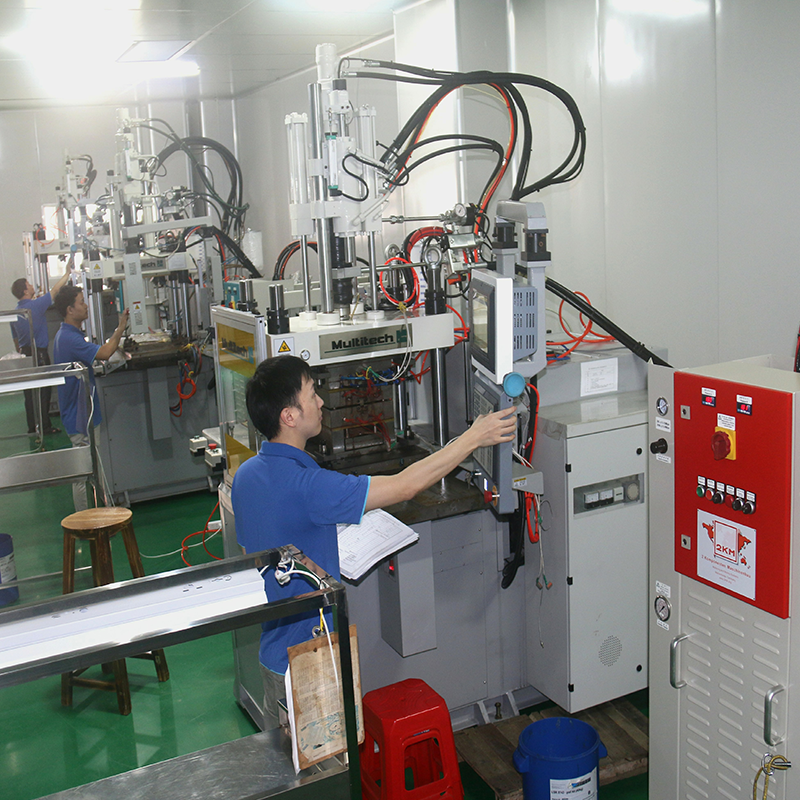
3. Die Cutting (Kiss Cutting)
Die cutting is the process of cutting flat sheets of material into precise shapes for gaskets and seals. It is cost-effective for high-volume production and provides consistent tolerances, making it an ideal method for producing large quantities of seals for door seals or weatherstrips.
4. Extrusion
Extrusion is used to create continuous profiles for seals such as door seals, trunk gaskets, and tubing. This method allows for custom shapes and the ability to incorporate multiple materials (e.g., silicone and steel inserts) for added strength and durability.
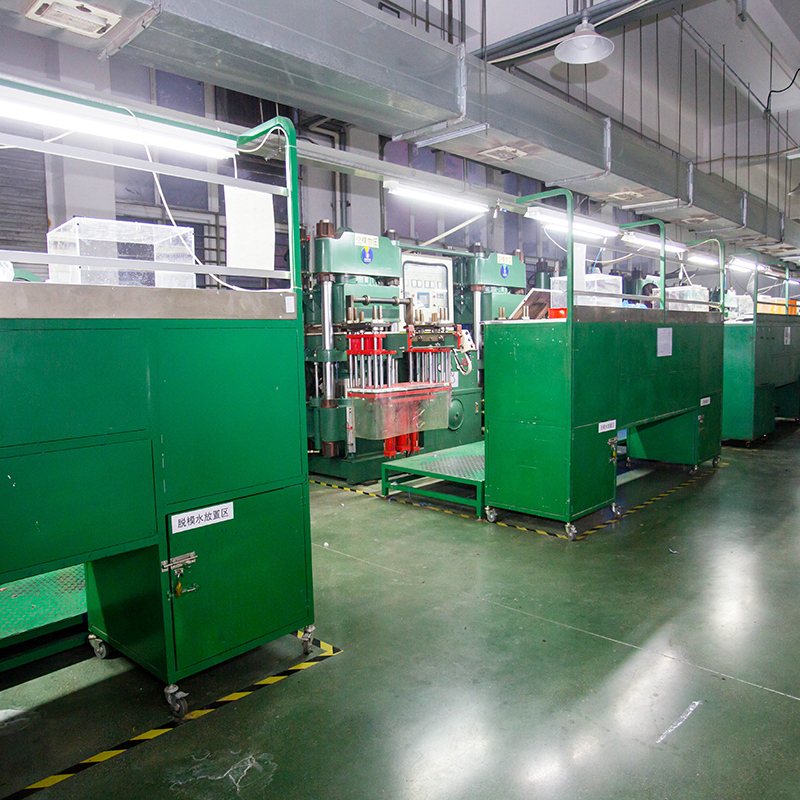
Maintaining the Longevity of Silicone Automotive Seals
Automotive seals are exposed to a wide range of conditions, so maintaining their performance over time is crucial. Here’s how to care for your silicone seals to ensure they remain in top condition:
- Regular Cleaning: Clean seals regularly with mild soap and water to remove dirt, grime, and road salt.
- Use of Silicone Grease: Apply silicone grease or protectant to prevent the seals from drying out and cracking.
- Routine Inspections: Regularly inspect seals for tears or misalignment that could impact their sealing ability.
Routine maintenance will not only extend the life of your automotive seals but also help maintain the overall efficiency of your vehicle by preventing water ingress and air leaks, keeping your car quieter and more energy-efficient.
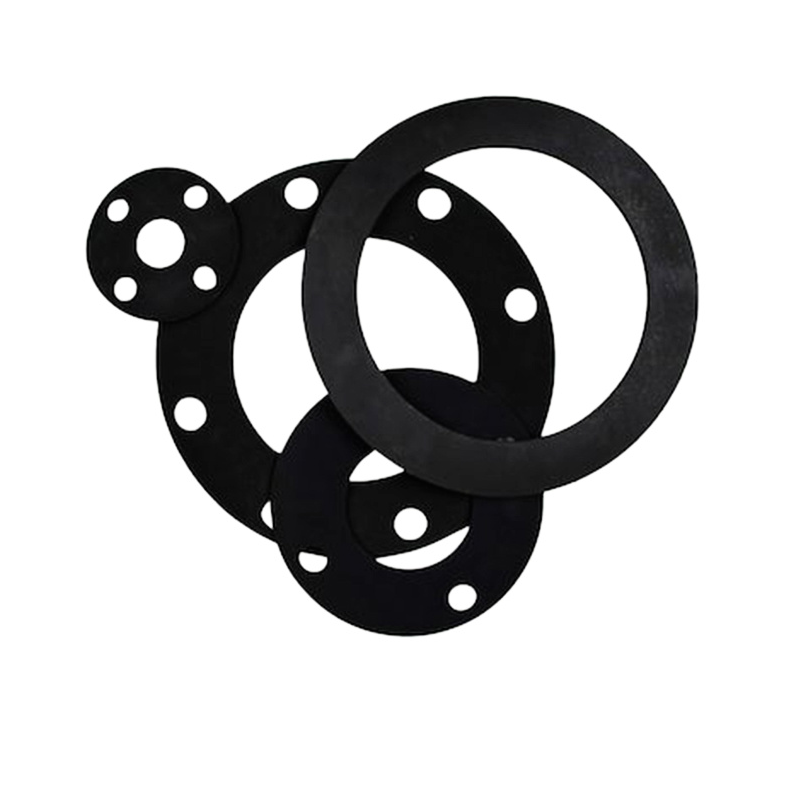
Conclusion: Material Selection Is Key to Vehicle Performance
At Silfusion, we understand that selecting the right material for automotive seals is crucial to ensuring long-term performance, safety, and durability. Silicone rubber is often the material of choice for high-temperature and outdoor applications due to its thermal stability, UV resistance, and flexibility. However, other materials like EPDM, NBR, and FKM may be better suited for specific environments, such as fuel systems or engine compartments.
By combining the right material with the appropriate manufacturing process, automotive manufacturers can achieve superior sealing performance that reduces maintenance costs and extends the life of their vehicles. Our team at Silfusion is here to guide you in selecting the best material and production technique for your automotive sealing needs, ensuring that your components perform flawlessly under the most demanding conditions.
Are you ready to enhance your vehicle’s performance with high-quality silicone automotive seals? Contact Silfusion today to discuss how we can support your project with our expertise in material selection and precision manufacturing.



